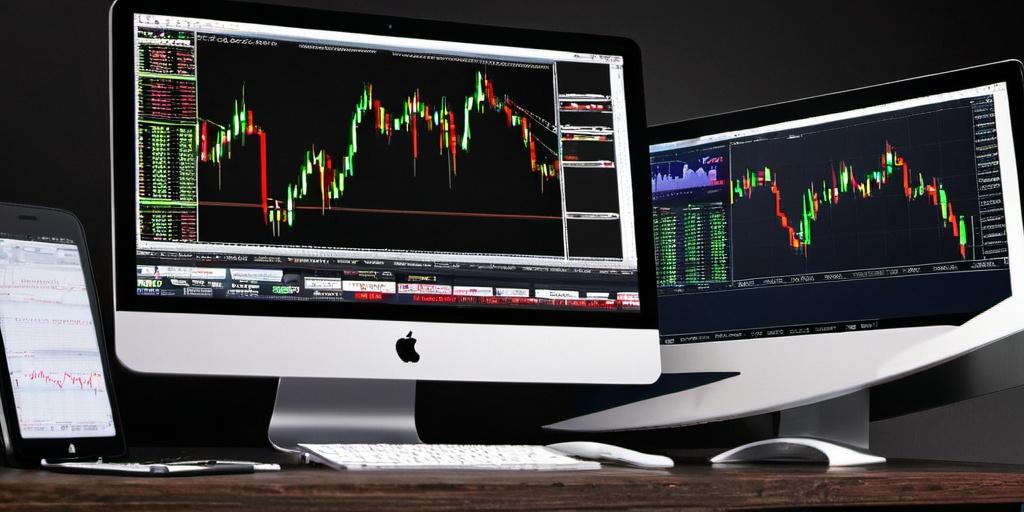Definition and Structure
Digital 100s, also referred to as binary options in some markets, are fixed-return financial contracts that allow traders to speculate on whether a specific event will occur within a defined timeframe. These contracts pay out a predetermined amount—typically all or nothing—depending on whether the condition set in the contract is met. The simplicity of the payoff structure has made them popular among short-term traders, particularly those seeking exposure to price movements without owning the underlying asset.
The basic premise involves a trader choosing whether a market will end above or below a certain level by the time the contract expires. If the prediction is correct, the contract pays 100. If not, it pays zero. This binary outcome gives rise to the term “digital 100.”
How Digital 100s Work
Each contract is based on a specific event occurring in a defined market. This could involve an index, stock, currency pair, or commodity. For example, a contract might be based on the FTSE 100 closing above a certain level by the end of the trading session. The trader then buys or sells the contract depending on their view of the market.
Pricing is based on market probability. If the market believes there’s a high likelihood of the event occurring, the contract will be priced closer to 100. If the event is seen as unlikely, it will trade closer to zero. The trader’s profit or loss is calculated based on the difference between the buy or sell price and the final settlement value.
Traders can close positions before expiry to lock in profits or cut losses. This adds an additional layer of control and flexibility. However, because digital 100s expire based on specific outcomes, they carry different risk dynamics than traditional leveraged trades.
Use Cases and Strategy
Digital 100s are often used for short-term speculation. They offer defined risk and reward from the outset, which appeals to traders who want to avoid the open-ended losses associated with margin trading or futures contracts. They are also useful for hedging. A trader holding a long position in an index might use a digital 100 contract to protect against a sudden downside move without having to sell the underlying asset.
Timing is critical. Contracts can be issued for durations as short as five minutes or as long as a full trading day. This flexibility allows for tactical entries around known events—such as economic announcements, earnings reports, or market opens. However, the shorter the time frame, the more volatile and unpredictable price movements can become.
Unlike directional trades on spot assets, digital 100s are less about capturing trend and more about identifying probability-weighted outcomes. Traders need to assess volatility, price action, and sentiment rather than relying solely on long-term fundamentals.

Platforms and Access
Trading digital 100s requires a broker that offers access to this specific product class. Not all platforms support it, and regulations vary widely between jurisdictions. In some regions, digital 100s are treated as financial derivatives and fall under securities law. In others, particularly where binary options have been used improperly, they have been banned or heavily restricted for retail clients.
Brokers that offer digital 100s typically provide a limited range of markets but with tight execution models and fast settlement. Trade size, payout structure, and expiry time are usually customizable within platform constraints.
Digital100s is one such platform focused exclusively on digital 100 contracts. It provides transparent pricing, real-time contract data, and risk-defined trade execution, making it suitable for experienced traders seeking short-term exposure to market events. The interface emphasizes control over position entry, with clear visualization of potential outcomes, enabling faster decision-making under time-constrained scenarios.
Regulation and Risk Disclosure
Digital 100s carry a high level of risk and are not suitable for all investors. While the potential loss is capped at the initial investment, the probability of success is often misunderstood. Because the contracts are based on short-term outcomes, pricing can be influenced by random volatility rather than structured market movement.
Regulated platforms are required to disclose these risks clearly, and some jurisdictions restrict access to such products entirely. Traders should always confirm whether their broker is authorized to offer these instruments and under what conditions. In unregulated markets, there is a higher risk of misleading payout structures, platform manipulation, or withdrawal issues.
Professional traders who use digital 100s typically rely on a combination of technical analysis, volatility tracking, and event-based timing to increase the probability of success. Random trading without strategy or position management almost always leads to loss over time.
Comparison With Other Instruments
Unlike CFDs or futures, digital 100s do not require margin. Traders know in advance the exact amount at risk and the potential return. This risk clarity can be an advantage, especially in volatile markets. However, the fixed payout structure means that even a one-point difference at expiry determines the result, which can be frustrating for traders used to traditional instruments where gains and losses scale with price movement.
They also differ from options in that there’s no right to buy or sell an asset—only a defined binary outcome. This makes them simpler to understand but also less flexible in terms of strategy variety. There’s no rolling, partial hedging, or delta adjustment involved. You either get the full payout or lose your stake.
Who Uses Digital 100s
Digital 100s are most commonly used by experienced retail traders and proprietary trading firms. The structure appeals to those with a background in derivatives, short-term technical trading, or statistical modeling. They are not intended for passive investors or those looking to build long-term portfolios.
Professional use cases include tactical trades around news releases, volatility breakouts, or time-sensitive patterns. Because digital 100s can be traded in both directions and at multiple price levels, they allow for nuanced positions such as straddles or layered exposures, provided the trader understands the risk and pricing mechanics.
